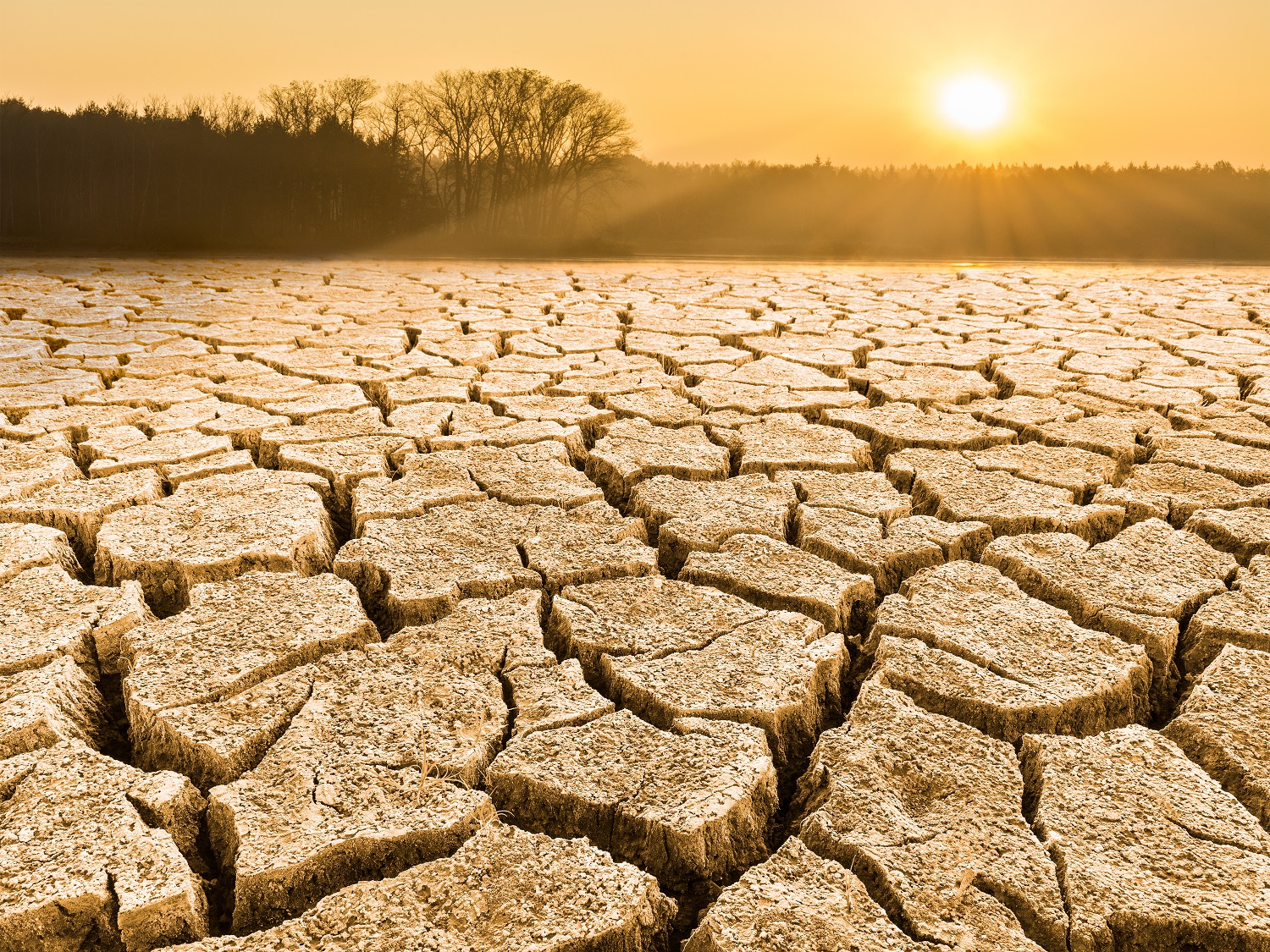The World Meteorological Organisation (WMO) has published an outlook for the world climate for the next five years. According to the report, it is likely that the annual average global temperature between 2023 and 2027 will be more than 1.5 °C higher than since the beginning of the Industrial Revolution (1850-1900). There is a 98% probability that at least one of the next five years and the five-year period as a whole will be the hottest on record. The annual average global temperature between 2023 and 2027 is projected to be between 1.1 °C and 1.8 °C higher than the 1850-1900 average (WMO). Temperatures are rising fastest in the Arctic. Climate change is linked to the occurrence of extreme weather, heat waves, climate change affects rainfall, the occurrence of intense precipitation and associated flooding, as well as droughts.
In interviews for CT24 Doc. Halenka, from the Department of Atmospheric Physics, Faculty of Mathematics and Physics, Charles University, who is a member of the SEEPIA team, explained what extreme thunderstorms and other dangerous meteorological phenomena are, how they occur and how their occurrence can be predicted. He also talked about causes of weather extremes in Europe and the Czech Republic, to what extent they can be linked to climate change, how likely it is that the extremes of last year will be repeated this year and why Europe is the continent warming very rapidly.
Doc. Halenka talked about extremely strong storms and other extreme phenomena such as tornadoes. He talked about the fact that tornadoes are such an exceptional phenomenon that they are very difficult to predict. One can partially predict the conditions in which a vortex can form, but within a very short-term forecast. He also commented on the climate outlook published by the World Meteorological Organisation. According to doc. Halenka, a temperature increase of 1.5 °C may seem like a relatively low value, but it should be remembered that this value represents a global average. The greatest response of the climate system to greenhouse gases is at higher latitudes, especially in the northern hemisphere (which includes the Czech Republic). In these areas, the increase in average temperature can be as high as 2 or even 4 °C, and this is already a big change. Doc. Halenka mentioned are the main problems related to climate change in general and specifically for the Czech Republic: “Many other processes and reactions of various systems, especially ecosystems, are linked to global climate change, and some systems are already showing a significant degree of threat at the current temperature.” For our region, drought is a significant impact of climate change. According to Doc. Halenka the biggest problem associated with temperature rise is the increased temperature in winter, which causes “precipitation not to fall as snow, but to fall as rain, and rainfall runs off much more quickly and does not sufficiently irrigate the soil, which is then the biggest problem, especially for spring droughts.”
The full interview from 17 May 2023 can be viewed on CT24 (time 0:00 – 11:30).
The full interview from 22 June 2023 can be viewed on CT24 (time 1:02:00 – 1:12:45).
The WMO report is available HERE.


